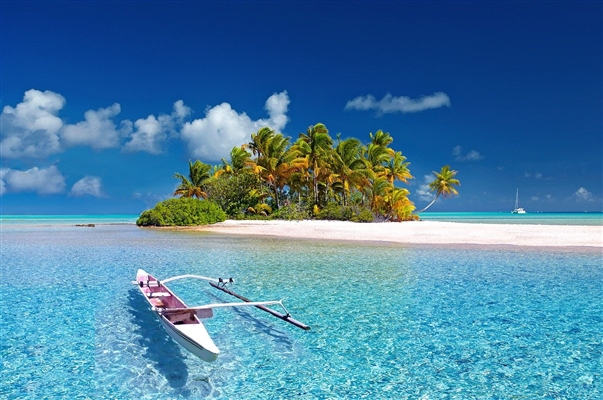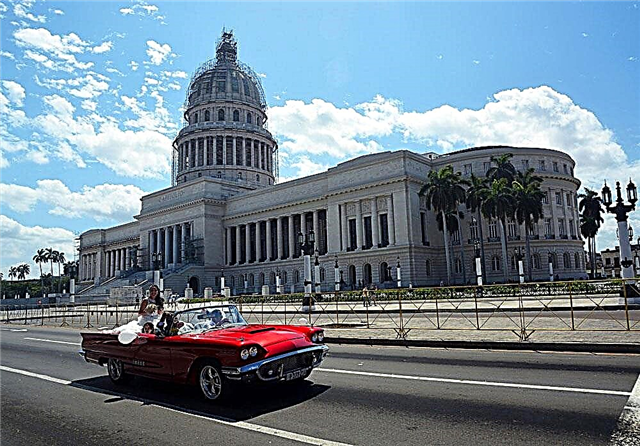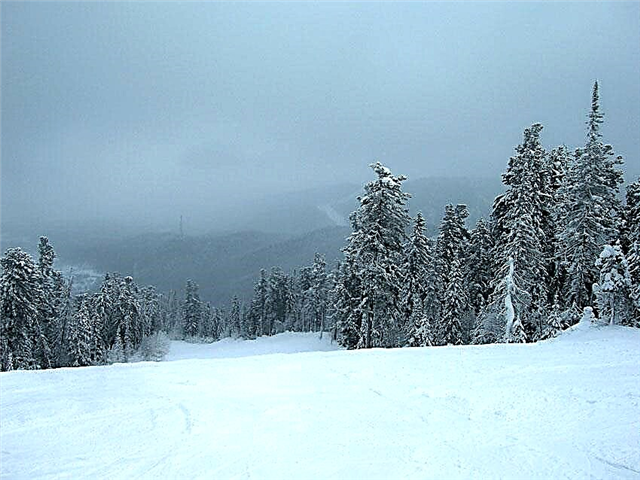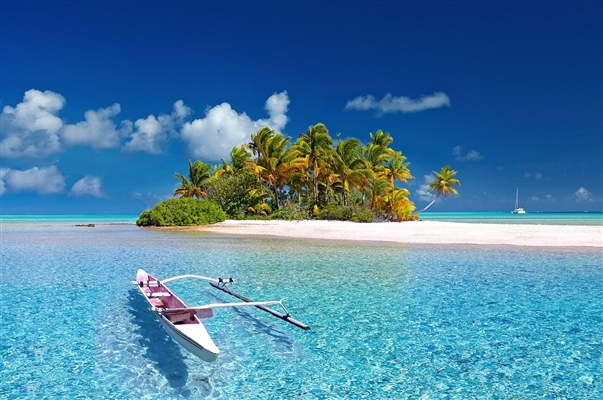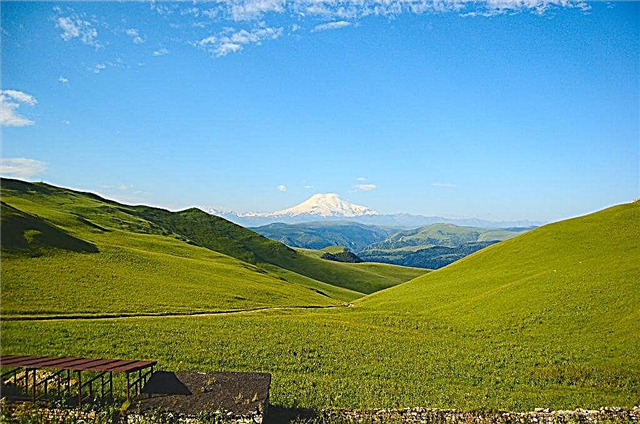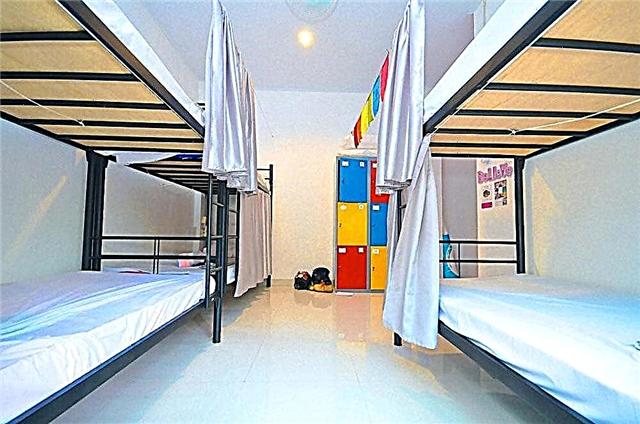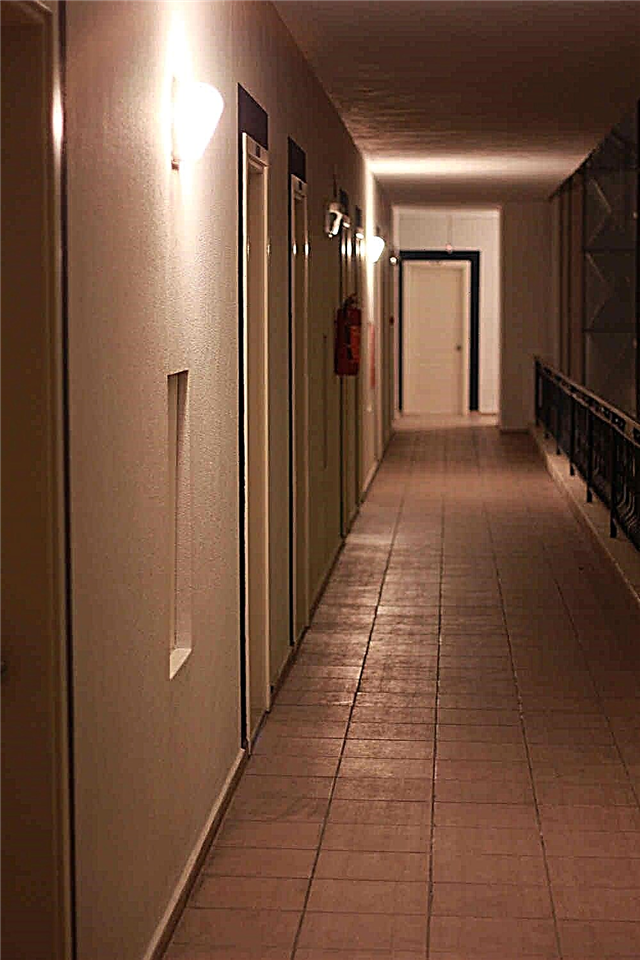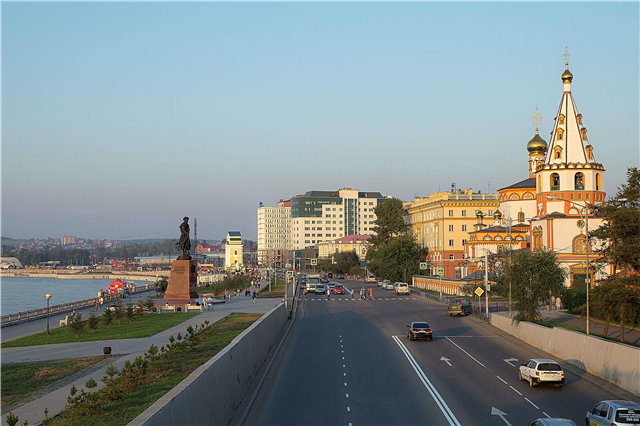Irkutsk Region is located in the Siberian part of the country. The climate of the area is harsh, and the remoteness from the center added problems with the coordination of work. Some cities in the region stand on rivers, and were founded in connection with the need to maintain a mine or during the construction of the Trans-Siberian Railway.
In terms of tourism, Baikal is the most attractive for guests in the Irkutsk region. Cities located on its shores or nearby have the potential for development. Numerous recreation centers are already open there, fishing tours and excursions are organized. There are other natural beauties, for example, the Ukovsky 18-meter waterfall near Nizhneudinsk. In addition, unusual museums are being opened everywhere, such as the Museum of Light in Bratsk or the Clock Museum in Angarsk.
The largest cities of the Irkutsk region
List of the largest cities in terms of population in the region.
Irkutsk
The capital of the region. It stands on the banks of the Angara River, 66 km from here to Baikal. The historic city center is in line to be included in the UNESCO World Heritage Site. The philharmonic society, organ hall, art and local history museums, several theaters, including a drama theater, have been opened. Significant architectural objects: Feinberg House, Lace House, Kazan Cathedral, Prince Vladimir Church.
Population - 623,562 people (2020).

Bratsk
It is located on the coast of two reservoirs at once, built on the Angara. According to environmentalists, it is in the top 15 most polluted cities in the country. Residential areas are separated by water bodies and forest plantations. The most interesting and unusual museum is a historical and educational project called "Museum of Light". On a regular basis, performances are given by three theaters: drama, puppetry and "9 Idea".
Population - 231 thousand people.

Angarsk
The name of the city comes from the river. Agarsk is located in an economically more developed part of the region. Despite this, the population is decreasing every year. There are no professional theaters in the city, but amateur groups are organized. There is a mini zoo and several museums: fire department, minerals, Victory, hours. Religious objects of at least five confessions are presented.
Population - 226 thousand people.

Ust-Ilimsk
It was founded at the turn of the 60-70s of the last century in connection with the construction of a hydroelectric power station on the Angara. The city has an airport - a major transport hub. In different districts and environs of Ust-Ilimsk there are many monuments, steles and memorial plaques. There is an art gallery, a museum of local lore, a drama and comedy theater. Yes, Orthodox churches and a chapel were built.
Population - 82.5 thousand people.

Usolye-Sibirskoe
Founded in 1669 and located 70 km from Irkutsk. Several large enterprises are operating. The dock on the Angara is actively used, where the “Meteor” - a motor ship that supervises between the capital of the region and Bratsk - makes an anchorage. The city is divided into four extended districts. Religious sites: St. Nicholas Church, Catholic monastery, mosque.
Population - 78 thousand people.

Cheremkhovo
The Buryat name is Arangata, which means "tower" or "great". Cheremkhovo is a large coal mining center in Siberia. There are also explored and developed deposits of dolomite, clay, talc, magnesite. There is a mosque and an Orthodox church. A number of interesting monuments have been erected, including the memorial "Glory to the Heroes", the composition "Doctor Aibolit" and the monument to the border guards.
Population - 51 thousand people.

Shelekhov
The city is named after the explorer who is called the "Russian Columbus" - Georgy Shelekhov. Located between two rivers on the plain, from where to Irkutsk about 12 km. Serves as an important industrial area of the region. An extensive city park has been laid out. Sightseeing: St. Safronius Church, Peter and Paul Church, Shelekhov Museum and Monument.
Population - 47.5 thousand people.

Ust-Kut
Formed at the confluence of Kuta and Lena. One of the oldest settlements founded by Russians in Eastern Siberia. In the past, prisoners convicted on political charges were exiled here. The main tourist destination is visiting sanatoriums where mud treatment is practiced. There is a historical museum. Around the city there are picturesque landscapes, including a ridge of hills.
Population - 42 thousand people.

Tulun
The name is translated from the Buryat language as "leather bag". The region is rich in coal and serves as the region's center for the timber industry. The city has sections, schools and clubs related to 9 sports. The sights of the area are mostly natural. The terrain features make the climate changeable in any season, you need to be ready for this even on a short trip.
Population - 41.5 thousand people.

Sayansk
The youngest city in the region. It was built among the taiga on the bank of the left tributary of the Angara, which is called the Oka. Salt is mined in Sayansk, and the explored reserves, while maintaining the current level of production, will last for hundreds of years. There is a historical and ecological museum, an art gallery, 17 creative groups arrange regular performances.
Population - 38.8 thousand people.

Nizhneudinsk
It has been standing on the Uda River since 1648. Railway communication is the main form of communication with other regions. The station building was recently reconstructed. Air and bus transportation is also available, but in smaller quantities. The main attractions are natural: the Ukovsky 18-meter waterfall and the Nizhneudinsky caves, located 60 km from the city.
Population - 34 thousand people.

Taishet
Founded during the construction of the Transsib. In the past, there were two divisions of the GULAG. The railway divides Taishet into parts. The south is built up with wooden buildings of one or two floors, and the north is built up with brick apartment buildings. Military equipment of past years is exhibited in front of the local history museum. An Orthodox church and a mosque have been built for believers.
Population - 33 thousand people.

Winter
It was built on the left bank of the Buryat Oka at the very mouth of the Zima river of the same name. The name is not associated with the season. It refers to the Buryat pronunciation of the word "wine". The basis of the economy is sawmills and woodworking enterprises, as well as agriculture. The architectural beauties include the Holy Trinity Church and old estates of various styles.
Population - 31 thousand people.

Zheleznogorsk-Ilimsky
Grew up from a village near an iron ore deposit in the middle of the last century. The city-forming enterprise is the Korshunovsky mining and processing plant. The local history and art museum is named after Mikhail Yangel, who was born nearby. The main events are held at the Gornyak Palace of Culture. Several amateur creative teams have been organized.
Population - 23.5 thousand people.

Vikhorevka
Founded at the confluence of two small rivers, it occupies the left bank of the Angara tributary. The economy of Vikhorevka is directly dependent on the railway. One of the main monuments of the city is installed on the station square. It looks like a wide slab with the image of Vikhor Savin. The Pine Springs sanatorium is open all year round. It is open to employees of Russian Railways.
Population - 21 thousand people.

Slyudyanka
Located on the western edge of Lake Baikal. The name comes from the mining of mica in the district. Lapis lazuli and natural marble are also mined here. The Orthodox St. Nicholas Church and the Catholic chapel were built. Buddhists perform their rituals at the Shaman Cape. Ecotourism is flourishing; in addition to Lake Baikal, travelers visit other lakes, including Serdtse and Chertovo.
Population - 18 thousand people.
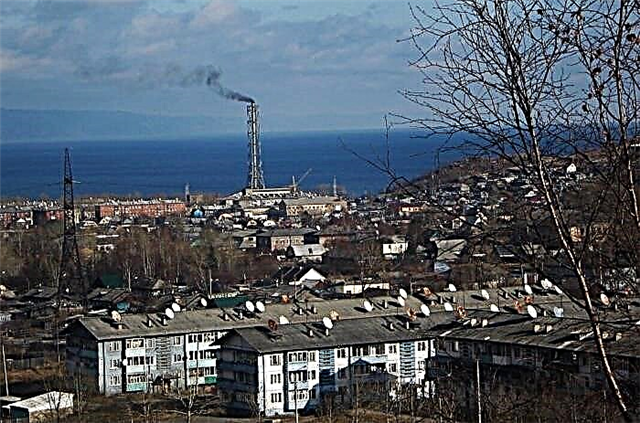
Svirsk
It was founded on the left bank of the Angara as a catch.Until recently, the ecological situation of the city was deplorable, but now the process of soil reclamation is underway. The Svirsky river port is actively used, where large loading cranes are installed. Sights in the city and the surrounding area are natural. These include a birch grove that comes close to the river.
Population - 13 thousand people.

Bodaibo
It is named after the river - the right tributary of the Vitima. The reason for the establishment of the settlement in 1864 was a nearby gold mine. He needed to be serviced. Gold mining companies still work here. There is a museum of local lore. Sightseeing: steam locomotive-monument GR-352, a monument to gold miners, the Church of the Nativity of Christ.
Population - 13 thousand people.

Baikalsk
It is located in a seismically unstable area, so there are no tall buildings here. In the process of developing the plan for Baikalsk, the idea of creating an infrastructure and an industrial zone for 300 thousand inhabitants was swept aside. The southernmost city of the region is based on the southern shore of Lake Baikal. Thanks to this, the city has a recreational potential. There are tourist centers, including the Sobolinaya Mountain ski base.
Population - 12.5 thousand people.

Kirensk
The oldest of the cities in the region was founded in 1630 as the Nikolsky prison. Named after the river, at the mouth of which it stands. Economically, the city relies on the repair and maintenance base of the river fleet and food industry enterprises. There is a local airlines airport. The passenger ship "Polesie" is in charge of the river.
Population - 11.5 thousand people.


